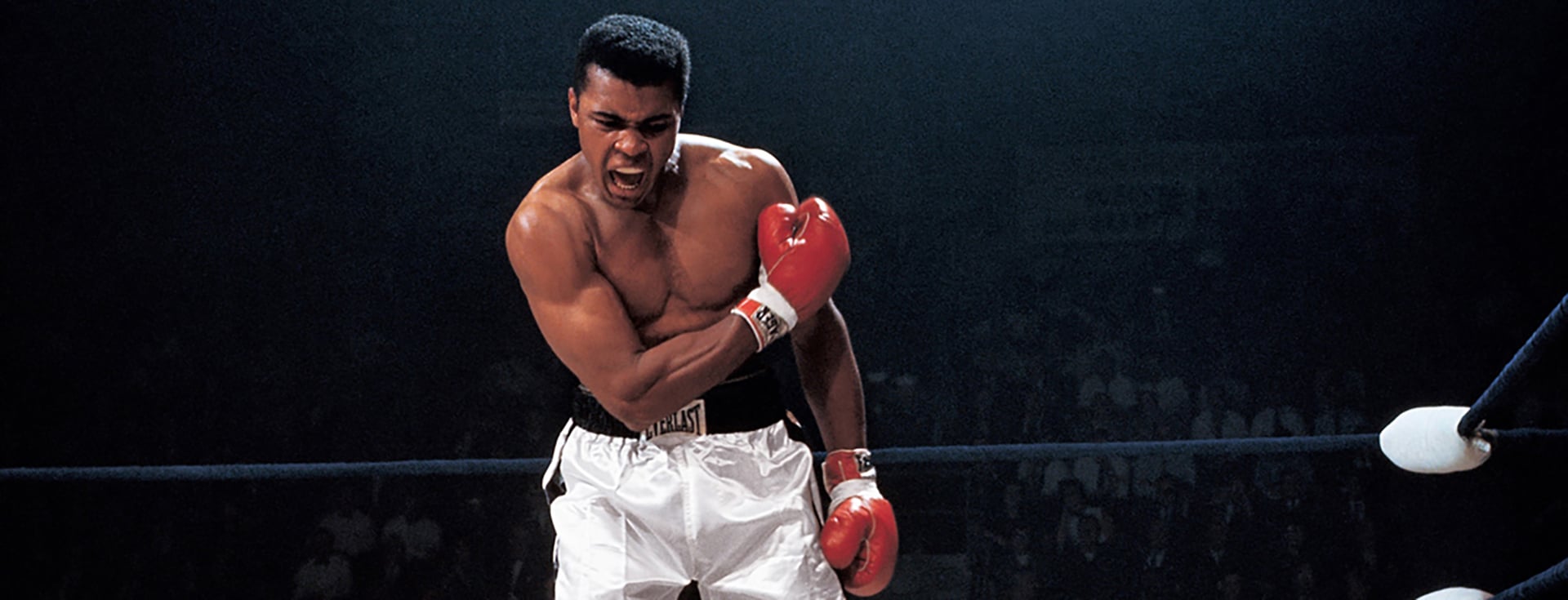Former editor-in-chief of L’Equipe Magazine, now a gallery owner specialized in sports photography, Jean-Denis Walter writes a regular column for Blind. This fourth installment is dedicated to one of his most illustrious unknowns.

You’re getting blind.
Don’t miss the best of visual arts. Subscribe for $9 per month or $108 $90 per year.
Already suscribed ?



